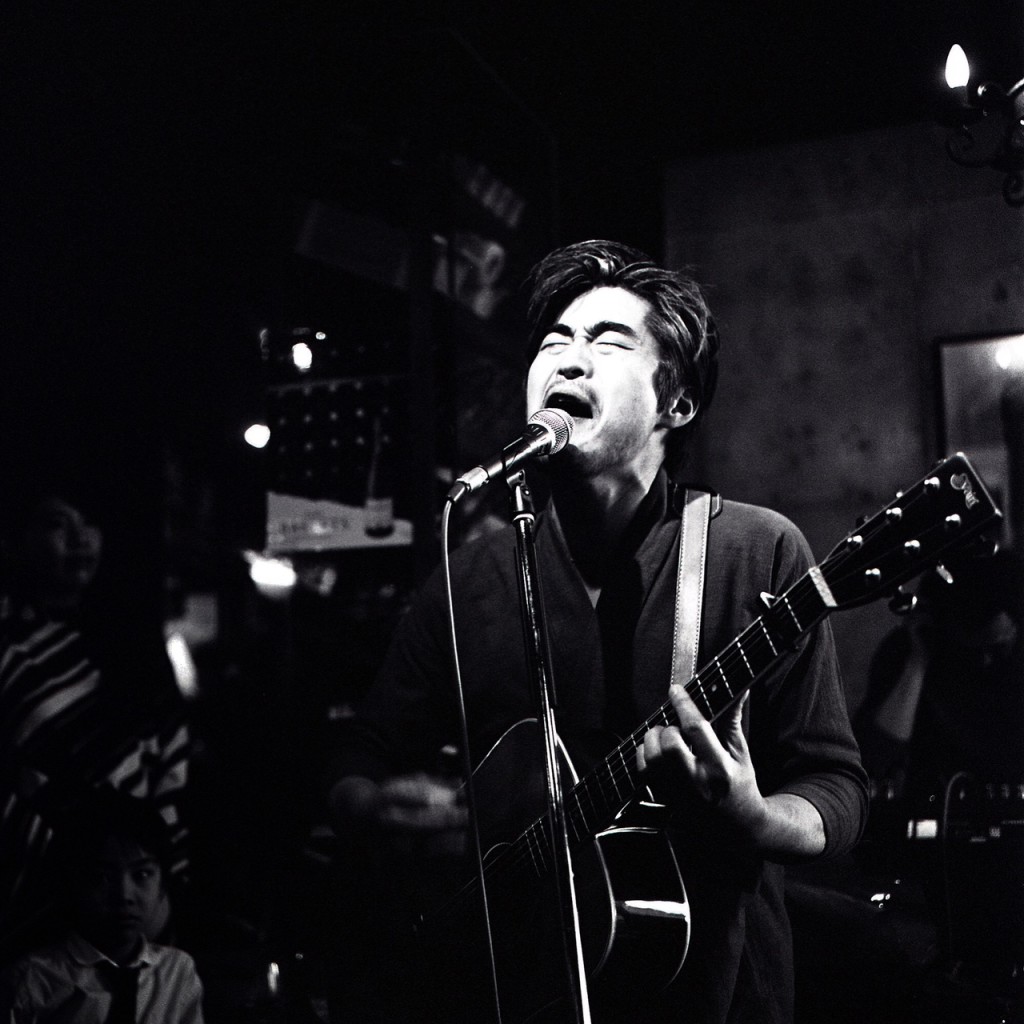There is a colloquial saying in Kumamoto that goes, “Dekuru kotsuba dekuru shiko”. It means to do what you can, but don’t push yourself. If you simply read the words in Japanese as they are, it sounds a little strange, especially if you aren’t familiar with the dialect. But if you come upon it in conversation, it’s much easier to grasp the meaning.
The phrase came up in a conversation with fellow photographer Taisei Kanamoto. I’m not sure why, but it got stuck in my head. Kanamoto was born in Kumamoto Prefecture in September of 1961. He grew up in the entertainment district near the Miike Coal Mines. At 19 he entered university in Fukuoka to study pediatric dentistry.
For a high school graduation present, he received an SLR and took an interest in photography. At that time he loved taking photos of airplanes. When he got married he received a Leica M6 as a wedding present. He became enamored with monochrome photography and soon after purchased a Rollei to take black and white photos. His first print was a portrait of his wife.
He knows pretty much everything there is to know about cameras, so a conversation with him is always intriguing for me. Nowadays, he doesn’t use a digital camera often. He says it’s because he feels it distances him from the photograph. In workshops or when I’m asked for tips, I often advise photography lovers to take some time away from it, lest they tire of it. But Kanamoto doesn’t just take time away from the art. He also takes time away from each camera, each lens. In this way, he gets to know which he really loves. The fact that he has more than 100 cameras and also lenses, backs up his philosophy. Surely, which is the most suitable depends on the photographer, but for me, I have come to feel that using a film camera is a more intimate experience than using a digital one.
Kanamoto also says, “With the arrival of the digital age, the world of photography has changed considerably. Photographs had an important role in leaving a true portrayal of the past for future generations. All worked to make sure as much remained as possible. However, with digital cameras, the popularity of smartphones, and images uploaded to the internet, the opposite has become the case. To remove them is now a near impossible task. When taking photos with a film camera, people have a mental record of what they shot. But for those taken with a digital camera, this is not the case. Because you can take an unlimited number of shots, the record is only in the camera’s memory.”
After saying that, he adds in a gentler tone, “But that is the interesting thing about photography. The roles and significance of photos are constantly changing with the times. I think that is a good thing.”
His words gave me confidence. Rather than lamenting the rise of the digital age, I think it is our role as photographers to accept the challenges it brings and discover a new love for our art. And that is the essence of “Dekuru kotsuba dekuru shiko”.
There will be an exhibition of Kanamoto’s work from Aug 14~19 at Roonee 247 Fine Arts in Kodenmacho, Tokyo.


